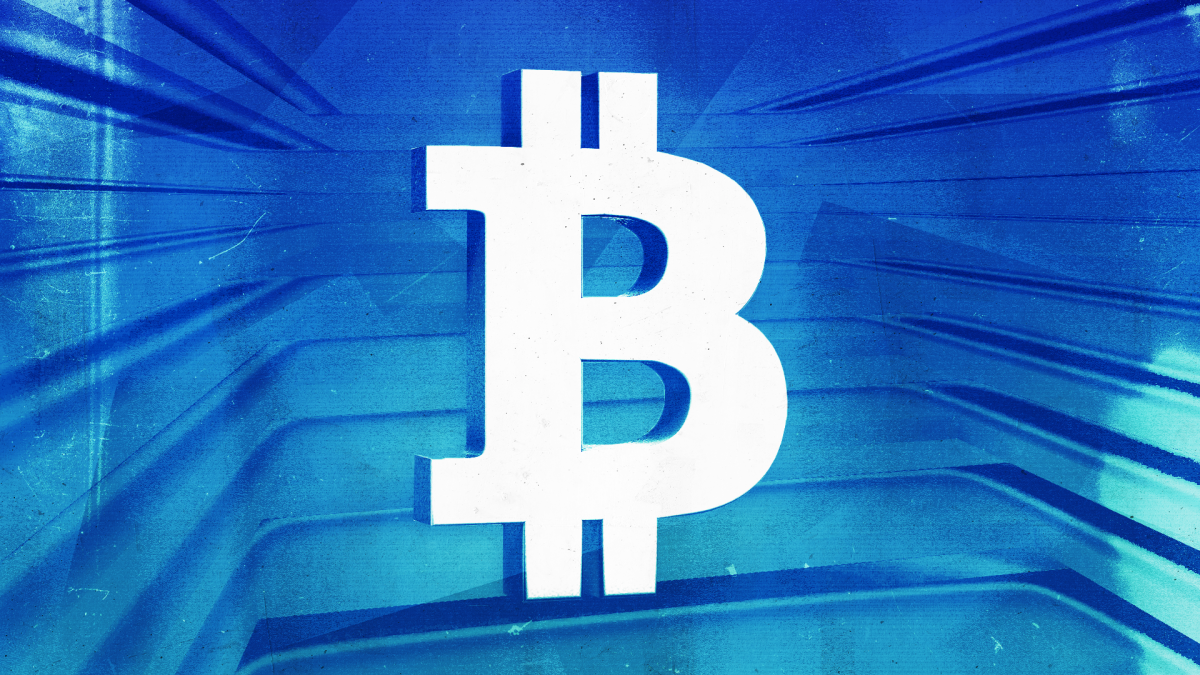Bitcoin mining difficulty is expected to hit an all-time high today amid scrutiny of US miners.

The Bitcoin mining landscape is poised to face yet another challenge as mining difficulty is set to increase by nearly 8% today, February 15th.
This increase, which is expected to set a new record, will surpass 81 trillion at block height 830,592, according to data from CoinWarz. The network is expected to reach this milestone by 3:16 PM UTC.

This surge is part of an ongoing trend observed since the beginning of the year, reflecting the increasing computational requirements faced by miners on the leading digital asset networks, especially with the upcoming halving event.
Bitcoin’s mining difficulty is readjusted every 2,016 blocks, approximately every two weeks. This process is important for the network to measure whether block discovery times have decreased or increased due to mining activity during that period.
As mining difficulty increases, miners must deploy more computing power to mine blocks. Moreover, this means that more and more miners will enter the network, increasing the computational workload. Additionally, higher difficulty levels increase the energy required to mount an attack on the network, making it a more resilient blockchain.
miner under investigation
The increase in mining difficulty comes at a time when the industry continues to face scrutiny over its electricity usage.
last week, CryptoSlate The U.S. government, through the Energy Information Administration (EIA), reports that it wants to collect information from miners about the impact of their activities within the country. But the mining industry described the move as “Operation Choke Point 3.0”.
Dennis Porter, CEO of Satoshi Act Fund exposed Miners have started receiving letters forcing them to report sensitive data, and if they don’t respond within 10 days they will “face huge fines.”
“This is not the way the federal government should interact with a new, growing industry with so much potential. The Bitcoin mining industry is full of innovators and builders. “We should encourage them rather than threaten them,” Porter said.



